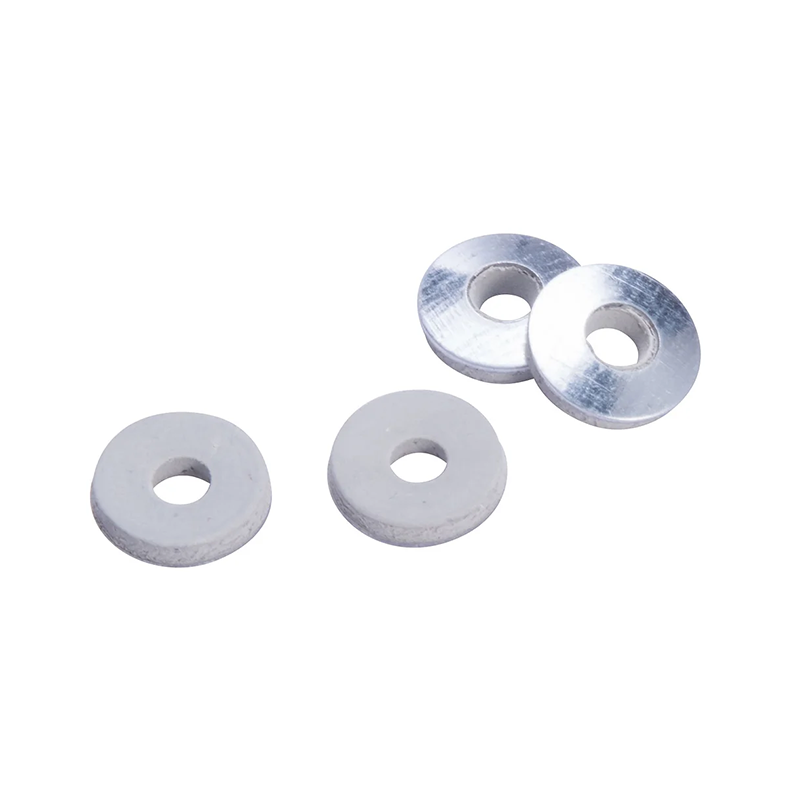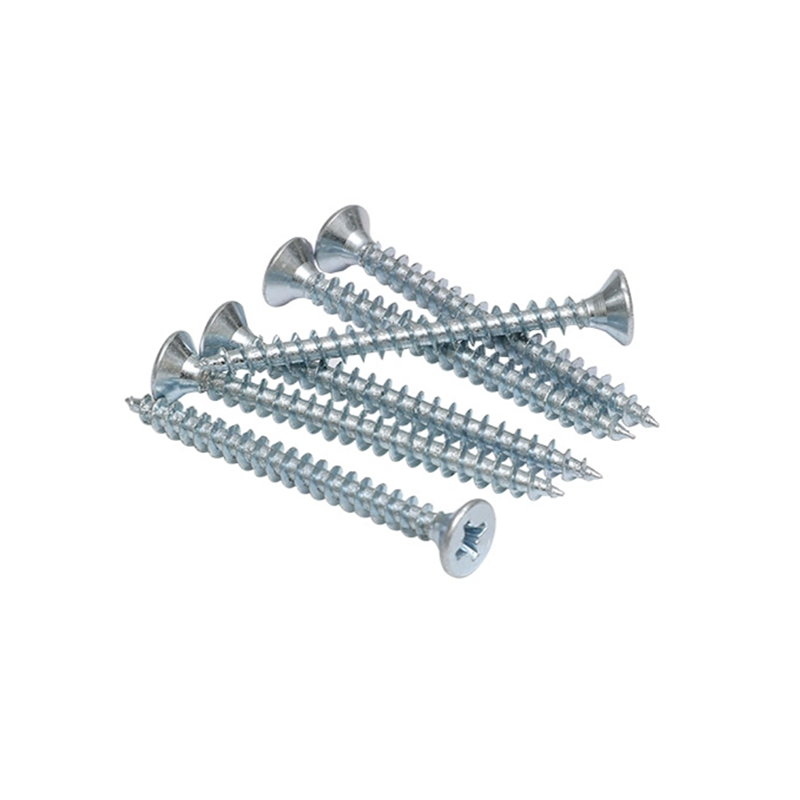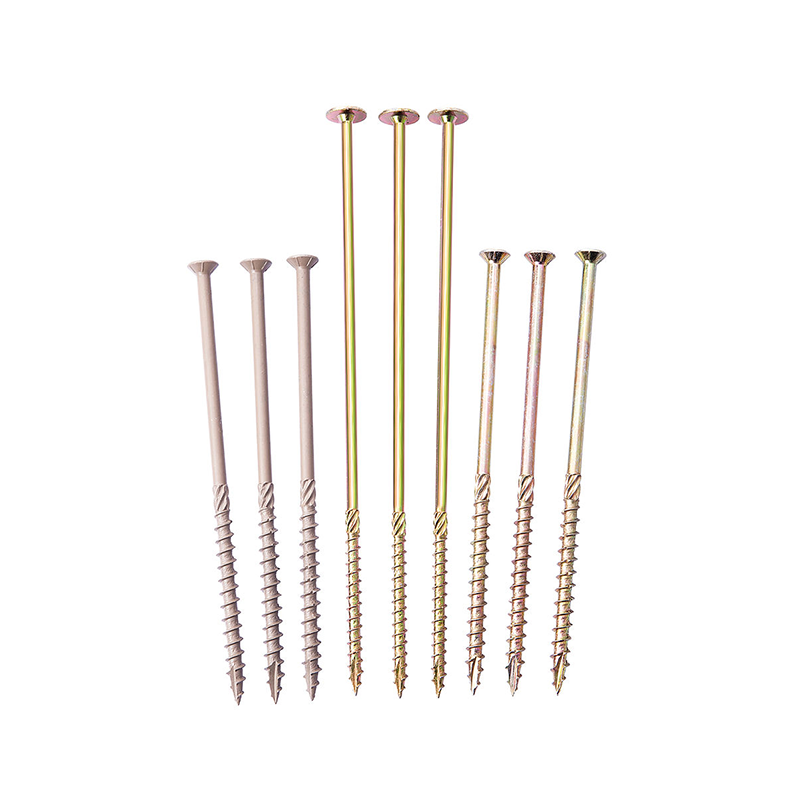The difference between stainless steel screws and ordinary screws: Why stainless steel screws are more durable
 2025.09.22
2025.09.22
 Industry news
Industry news
Screws are commonly used fasteners in both industrial and everyday applications. With the growing variety of needs, different types of screws have emerged, among which stainless steel screws and regular screws are the most widely used. Understanding the differences between them, especially in terms of durability, is crucial when selecting the right screw for the job.
1. Material Difference
One of the most significant differences between stainless steel screws and regular screws is their material composition.
Material of Stainless Steel Screws
Stainless steel screws are made from alloys that contain at least 10.5% chromium. The addition of chromium allows the screws to form a passivation layer when exposed to oxygen, which protects the screw from oxidation and corrosion. Common types of stainless steel include 304 and 316. The 316 type contains molybdenum, which further enhances its corrosion resistance, especially in seawater and chemical environments.
Material of Regular Screws
Regular screws are typically made from carbon steel or low-alloy steel, materials that do not possess sufficient resistance to oxidation. As a result, they are prone to rust when exposed to moisture and oxygen. Carbon steel screws, in particular, can start to rust quickly if they are not specially treated, resulting in reduced strength and functionality.

2. Corrosion Resistance
Corrosion resistance is a crucial factor to consider when selecting screws, especially for applications in humid or corrosive environments.
Corrosion Resistance of Stainless Steel Screws
Due to the passivation layer on their surface, stainless steel screws can effectively resist oxidation and corrosion. They are ideal for use in marine environments, chemical plants, food processing factories, and other highly corrosive conditions. Stainless steel screws can maintain their strength and shape over extended periods of exposure to corrosive materials, ensuring the stability and safety of equipment and facilities.
Corrosion Resistance of Regular Screws
Regular screws have poor corrosion resistance. If exposed to moisture or corrosive gases for extended periods, they will quickly rust, and in severe cases, the screws may break or become impossible to remove. This increases maintenance costs and could lead to equipment failure.
3. Strength and Hardness
The strength and hardness of a screw directly impact its load-bearing capacity, which is especially important in high-load work environments.
Strength and Hardness of Stainless Steel Screws
Stainless steel screws generally have higher tensile strength and hardness, allowing them to withstand higher levels of stress and pressure. They are widely used in high-strength applications such as construction, machinery manufacturing, and the automotive industry, where secure and reliable connections are essential.
Strength and Hardness of Regular Screws
Regular screws typically have lower strength and hardness, especially those made from low-quality carbon steel. In high-load situations, these screws are more likely to deform or break, potentially leading to safety issues or equipment malfunction.
4. High Temperature Resistance
Some work environments require screws to perform well at high temperatures without losing their strength or becoming deformed.
High Temperature Resistance of Stainless Steel Screws
Stainless steel screws, especially 304 and 316 stainless steels, can withstand high temperatures without softening or losing strength. They are ideal for use in high-temperature equipment or environments, where other materials might fail to maintain their performance over time.
High Temperature Resistance of Regular Screws
Regular screws, especially those made from untreated carbon steel, have poor high-temperature resistance. At elevated temperatures, these screws are prone to softening or deformation, which compromises their ability to maintain tight connections and can lead to screw failure.
5. Appearance and Aesthetics
Aesthetics play a significant role in some applications, particularly in furniture and construction, where screws must not only perform well but also look good.
Appearance of Stainless Steel Screws
Stainless steel screws have a smooth, shiny surface and are highly resistant to oxidation, meaning they maintain a clean and attractive appearance even after prolonged exposure. In high-end architecture, furniture, and decorative applications, stainless steel screws are commonly chosen because they provide both strong performance and a visually pleasing look.
Appearance of Regular Screws
Regular screws tend to rust over time, especially if exposed to moisture, resulting in unsightly rust marks that can detract from the overall appearance. This makes them less ideal for applications where aesthetics are important.
6. Biofouling Resistance
In certain high-hygiene environments, such as food processing and healthcare industries, it is crucial that screws do not harbor bacteria or dirt.
Biofouling Resistance of Stainless Steel Screws
Stainless steel screws have a smooth surface, making it difficult for bacteria and dirt to adhere. Additionally, they are easy to clean, which is why they are often used in food processing plants, pharmaceutical industries, and medical settings, where cleanliness and hygiene are of paramount importance.
Biofouling Resistance of Regular Screws
Regular screws often have a rougher surface, which makes it easier for dirt and bacteria to accumulate. Over time, rusting and corrosion can worsen the situation, making regular screws less suitable for high-hygiene environments.
7. Cost-Effectiveness
While stainless steel screws are more expensive initially, their durability and low maintenance costs make them a more cost-effective choice in the long run.
Cost-Effectiveness of Stainless Steel Screws
Stainless steel screws are especially advantageous in extreme environments where their durability leads to reduced maintenance and less frequent replacements. In applications such as marine environments and chemical plants, the long lifespan of stainless steel screws can result in lower overall costs in comparison to other types of screws.
Cost-Effectiveness of Regular Screws
While regular screws are cheaper upfront, their susceptibility to rusting and damage means they need to be replaced more frequently, increasing long-term costs. Furthermore, the failure of regular screws can lead to equipment malfunction or structural failure, which may incur higher repair costs.
8. Environmental Friendliness
With increasing awareness of environmental issues, there is a growing preference for choosing screws made from recyclable materials.
Environmental Friendliness of Stainless Steel Screws
Stainless steel is a recyclable material, which means it can be reused to create new products. By using stainless steel screws, not only is there a reduction in resource waste, but it also aligns with sustainable practices, making it an environmentally friendly option.
Environmental Friendliness of Regular Screws
Regular screws, often made from carbon steel, tend to have lower recyclability and may contribute more significantly to environmental damage. As sustainability standards become more stringent, stainless steel screws are increasingly becoming the preferred choice for eco-conscious projects.



 English
English русский
русский











 Products
Products Tel: 86-574-62101087
Tel: 86-574-62101087 E-mail:
E-mail:  Add: Xiaocao 'e Binhai Industrial Park, Yuyao, Zhejiang, China
Add: Xiaocao 'e Binhai Industrial Park, Yuyao, Zhejiang, China